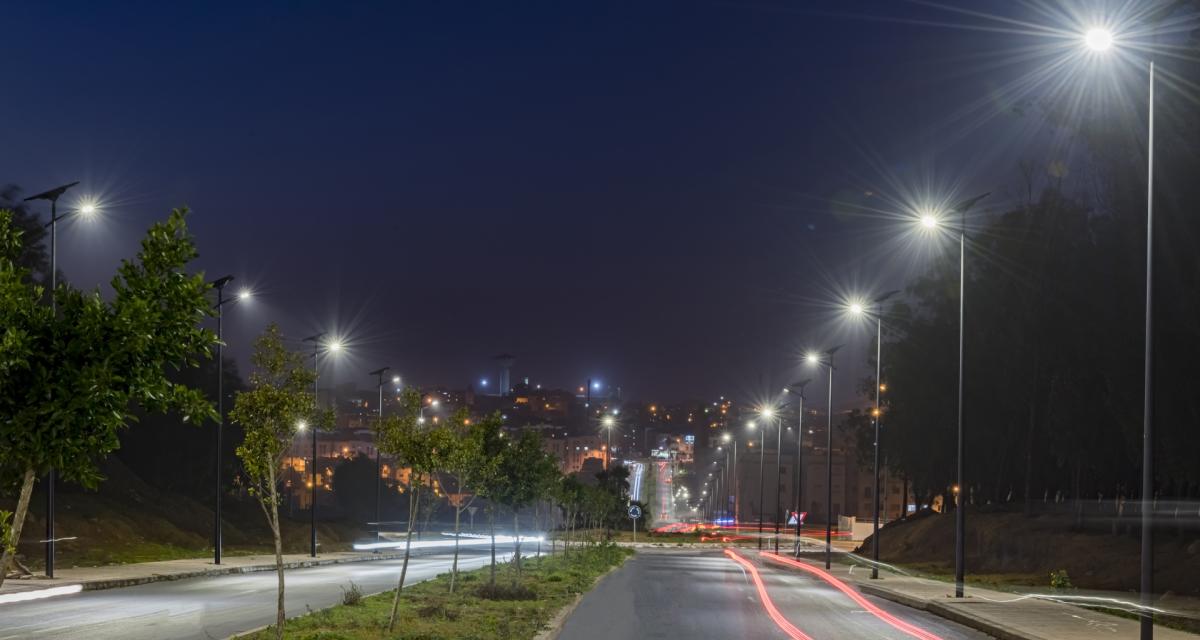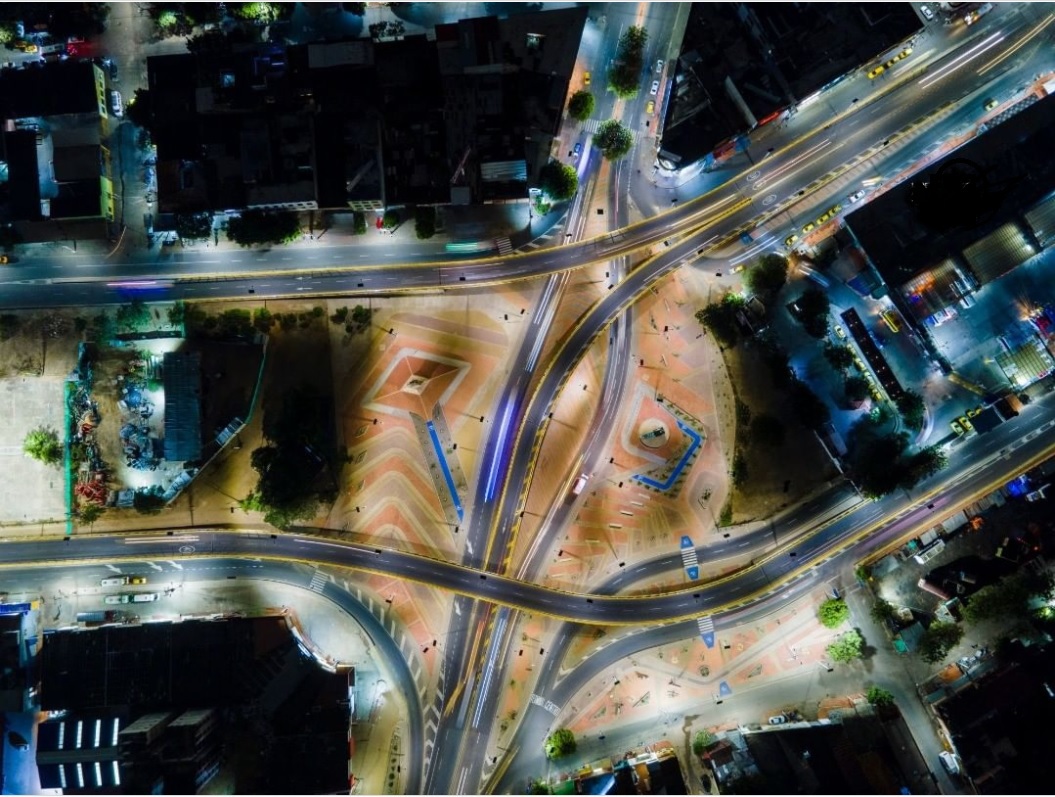Future projection: what will solar street lighting look like in 2030 ?
Street lighting has evolved significantly over the years, constantly adapting to meet the changing needs of urban communities. By responding to new environmental challenges, solar lighting is a solution for the future that raises questions about its future development. Technological advances, environmental awareness and advances in sustainability continue to advance rapidly and are shaping the future of street lighting. In this article, we explore the trends and developments expected over the next few years.

Growth and development of the street lighting market between now and 2030
A current overview of the market and the growing share of solar energy
Before diving into future projections, let's take a look at the current state of the street lighting market. Street lighting accounts for a significant proportion of urban energy consumption, contributing to greenhouse gas emissions. Representing 19% of the world's electricity consumption and around 6% of greenhouse gas emissions, it is one of the most significant areas of energy consumption. However, growing awareness of environmental problems and a desire to reduce energy costs have led to a transition towards more sustainable solutions. The installation of solar-powered lighting columns is therefore a natural solution to these global challenges.
Solar energy is playing an increasingly important role in this transition. Solar street lighting systems are gaining in popularity because of their energy efficiency, low environmental impact and independence from the traditional electricity grid. As solar technology continues to improve, solar's share of the street lighting market continues to grow. In fact, according to iCrowd the global solar street lighting market is estimated to reach USD 3,972 million by 2030, growing at a CAGR of 14.12% during the forecast period (2022-2030).
What will the market look like in 10 years?
By 2030, the street lighting market is set to undergo a radical transformation. The development of solar technology, combined with the growing adoption of intelligent, autonomous lighting, is paving the way for significant innovation. Solar-powered streetlights, which have become the norm, will offer a number of undeniable economic and environmental benefits to countries, cities and local authorities wishing to embark on an energy transition.

Solar energy: the new norm in 2030?
A response to the challenges of COP21 and the objectives of sustainable development
Signed in 2015, the Paris Agreements (COP21) were a major turning point in the global fight against climate change. Solar street lighting is an essential element in meeting the commitments made at COP21 by reducing carbon emissions and promoting the use of renewable energies. It contributes directly to the global transition instituted in 2015 by helping to limit global warming (between 1.5°C and 2°C) by emitting no carbon, having a sustainable application, and using photovoltaic and solar energy.
The United Nations' sustainable development goals, such as access to clean and affordable energy (Goal 7) and the creation of sustainable cities and communities (Goal 11), are also promoted by the widespread adoption of solar street lighting. More broadly, solar solutions meet a majority of sustainable development objectives. In particular, solar lighting helps to reduce inequalities (Goal 10) by offering the possibility of lighting everyone, even in the most remote areas.
A solution that meets the needs of the Smart City

Smart cities are on the rise, as people seek to improve their quality of life while minimising their environmental impact. Solar street lighting is the perfect answer to these needs. Solar streetlights offer an autonomous, intelligent, sustainable and ecological solution. They can adapt in real time to environmental conditions, manage energy efficiently, reduce light pollution and contribute to significant savings.
By 2030, it is likely that cities around the world will embrace solar street lighting as a standard for smart, sustainable urbanisation. The transition to solar lighting systems will help to reduce energy costs, preserve the environment and create more pleasant and efficient urban spaces. The future of public lighting is resolutely turned towards the sun and light.
https://www.syndicat-eclairage.com/presentation/les-chiffres-clefs/







